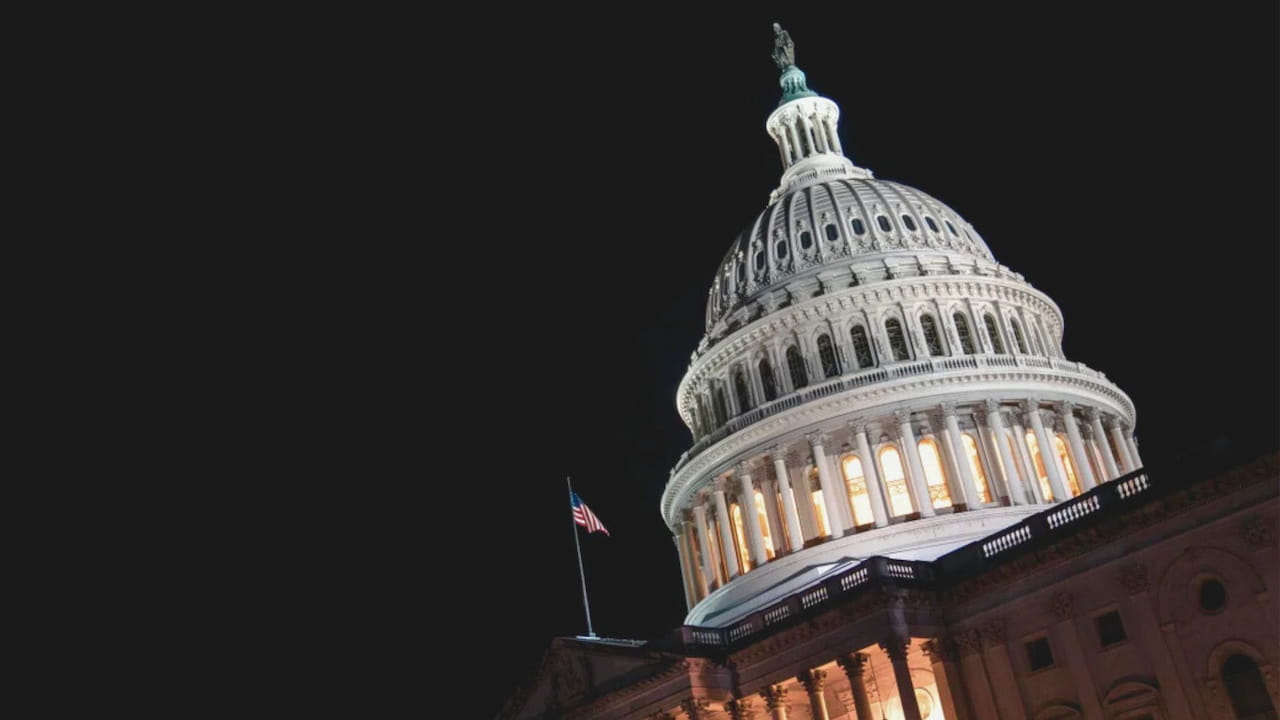Trump’s Bold Gambit: Reshaping Cabinet Confirmation Rules in 2024
In a stunning development that’s reshaping Washington’s political landscape, Donald Trump is making waves with an aggressive strategy to bypass traditional Senate confirmation processes for his potential future Cabinet appointments. This move could fundamentally alter the balance of power between the executive and legislative branches.
Breaking New Ground:
Trump’s recent demand for Republican Senate leaders to allow recess appointments marks a significant departure from historical norms. While recess appointments aren’t new, their potential use for top Cabinet positions represents an unprecedented expansion of presidential power.
The Stakes Are High:
Trump’s controversial Cabinet picks, including Matt Gaetz for attorney general and Tulsi Gabbard for an unspecified role, have already sparked heated debate. Gaetz’s nomination is particularly contentious given his past federal investigation for sex trafficking—an investigation by the very department he’s now selected to lead.
Understanding Recess Appointments: The Basics:
Recess appointments are a constitutional tool that lets presidents fill vacant positions while the Senate is on break. Here’s what makes them work:
- They’re temporary, lasting until the end of the next Senate session.
- They require a genuine Senate recess of at least 10 days.
- They bypass the normal “advice and consent” role of the Senate.
The Historical Context:
Previous presidents have used recess appointments sparingly for Cabinet positions:
- Since 1900, there have only been three Cabinet secretaries appointed during a recess.
- The last recess-appointed Cabinet member was Mickey Kantor under President Clinton.
- The Supreme Court set clear limits on recess appointments in 2014.
The Numbers Tell a Story:
Looking at recent presidencies:
- Bill Clinton: 139 recess appointments
- George W. Bush: 171 recess appointments
- Barack Obama made 32 recess appointments, which were limited by a Supreme Court ruling.
The Modern Confirmation Challenge:
The confirmation process has grown increasingly difficult:
- George H.W. Bush had seven confirmations ready by inauguration.
- Trump’s first term started with just two
- Biden began with only one confirmation.
Potential Roadblocks:
Several obstacles stand in Trump’s way:
- The Senate’s pro forma sessions prevent true recesses.
- Legal challenges would likely follow any attempt to force adjournment.
- Republican senators may resist surrendering their constitutional role.
- The Supreme Court could block aggressive interpretations of presidential power.
The Nuclear Option:
Trump’s team is exploring a never-used constitutional provision that would let him adjourn Congress during “extraordinary occasions.” This would require:
- House Speaker Mike Johnson’s cooperation
- There was a fabricated argument about adjournment between the chambers.
- Willingness to risk a constitutional crisis
What’s at Stake:
This battle goes beyond individual appointments. It touches on:
- The balance of power between branches
- The Senate’s constitutional role in governance
- The future of executive authority
- Democratic checks and balances
Looking Ahead:
As Washington braces for this potential power struggle, key questions remain:
- Will Republican senators support this expansion of executive power?
- How will the courts respond to legal challenges?
- What precedent would this set for future presidencies?
The coming weeks will be crucial as this constitutional drama unfolds. With Republican Senate Leader John Thune promising “an aggressive schedule” for confirmations while keeping recess appointments on the table, Washington watches to see if traditional processes will hold or if we’re entering a new era of executive authority.
This evolving situation represents more than just a political battle—it’s a test of our constitutional system’s resilience and adaptability in the face of unprecedented challenges to traditional governance norms.
